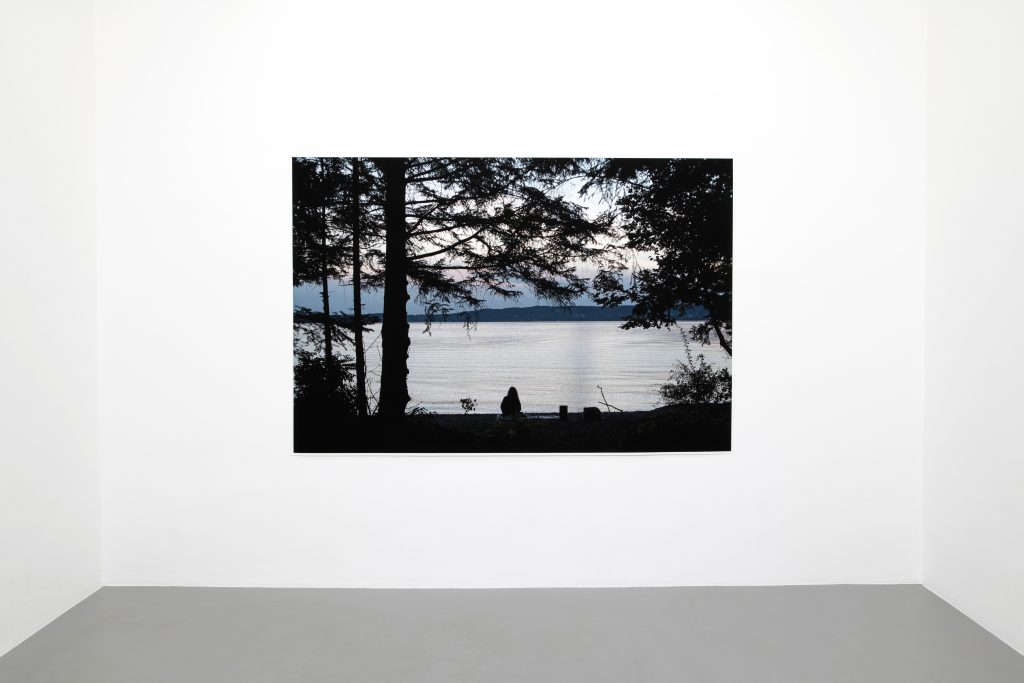
Installation view
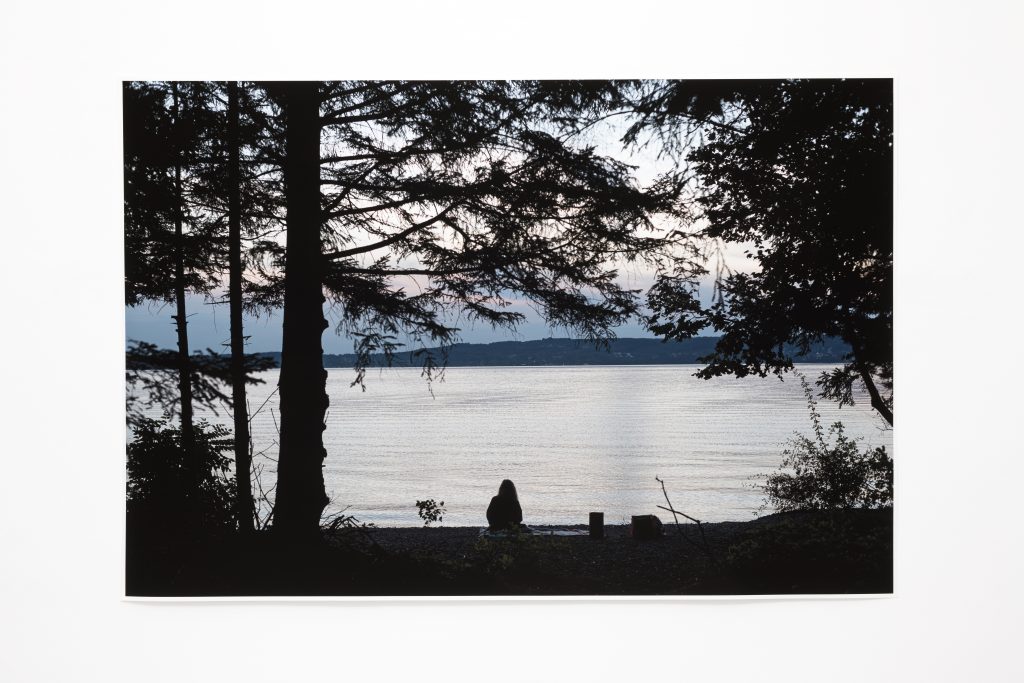
Untitled, 2021 / 2022, Pigment Print, 158 x 239 cm, Edition 1/3 + 2 AP
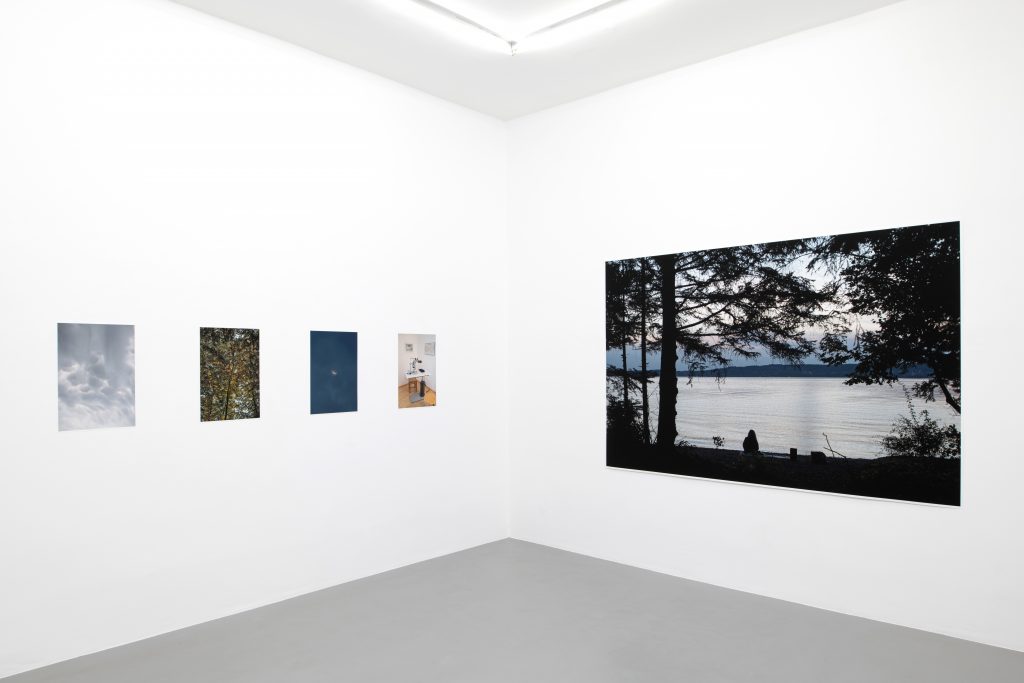
Installation view
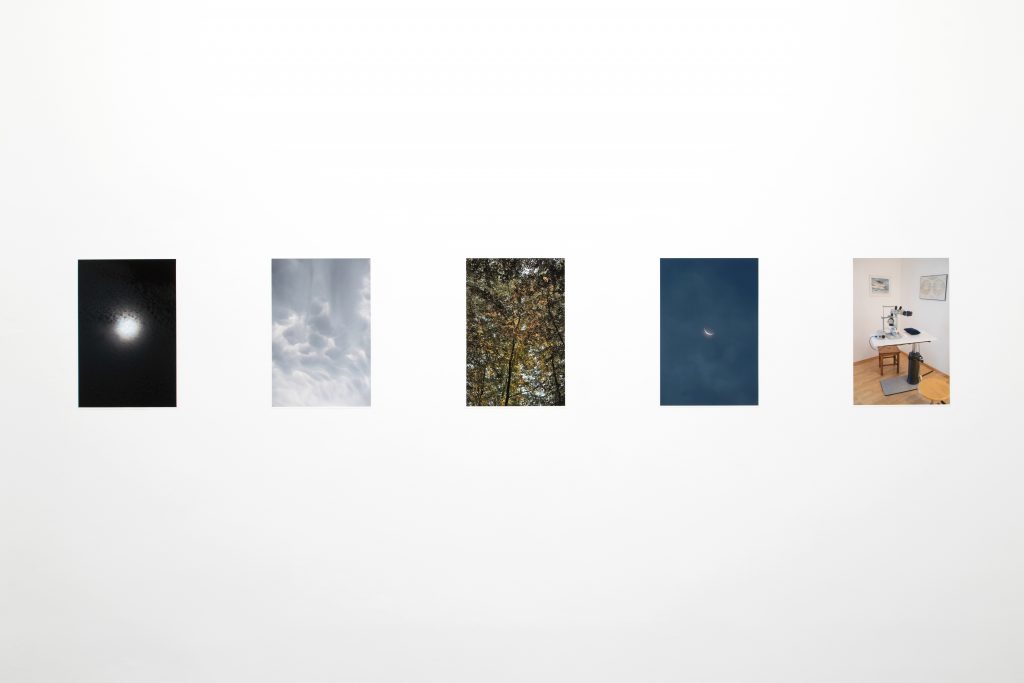
Installation view
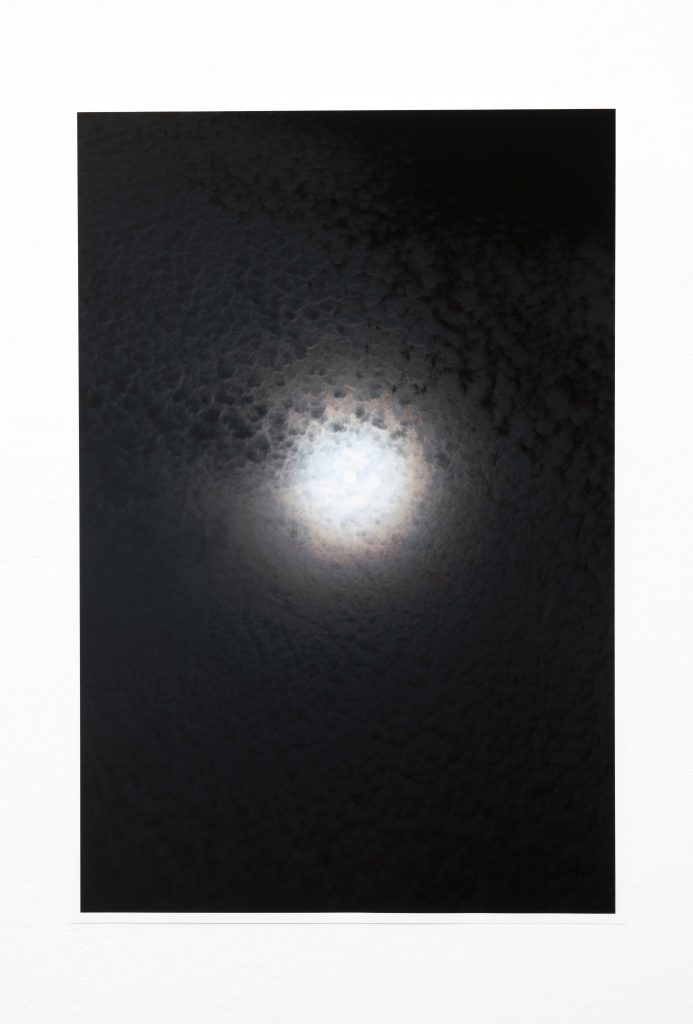
Untitled, 2018 / 2022, Pigment Print, 56,8 x 37,9 cm, Edition 1/3 + 2 AP

Untitled, 2022, Pigment Print, 56,8 x 37,9 cm, Edition 1/3 + 2 AP
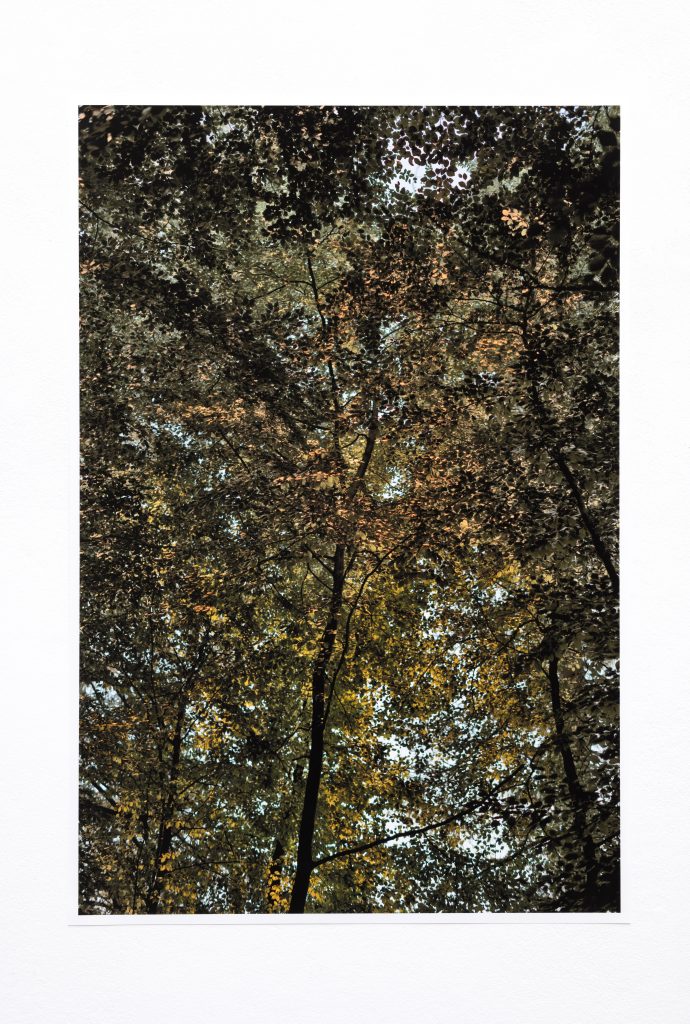
Untitled, 2022, Pigment Print, 56,8 x 37,9 m, Edition 1/3 + 2 AP
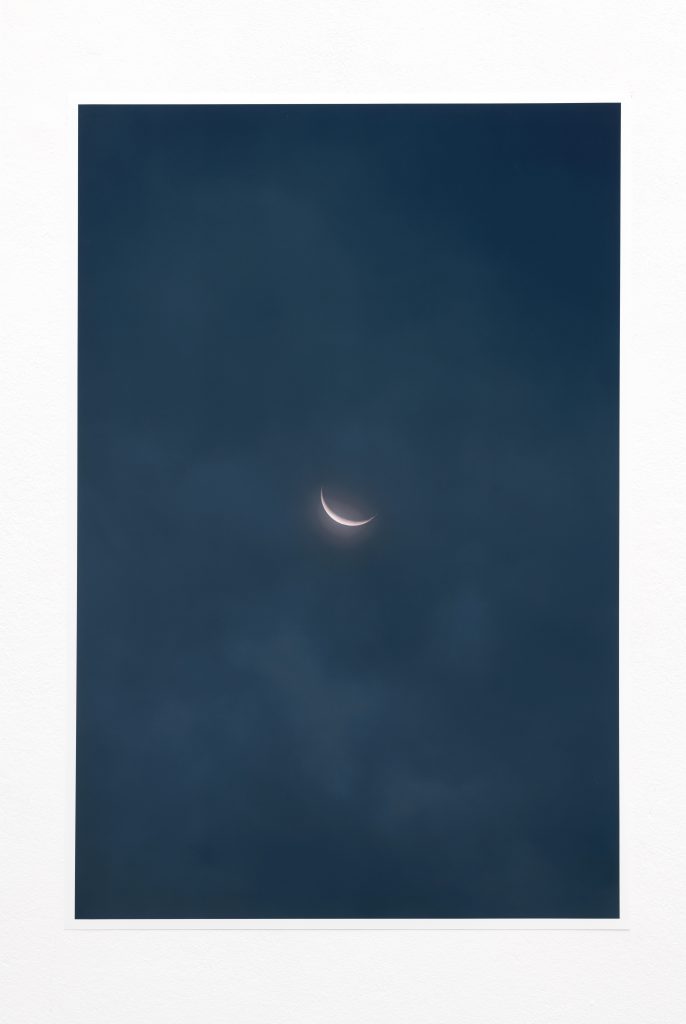
Untitled, 2021 / 2022, Pigment Print, 56,8 x 37,9 cm, Edition 1/3 + 2 AP
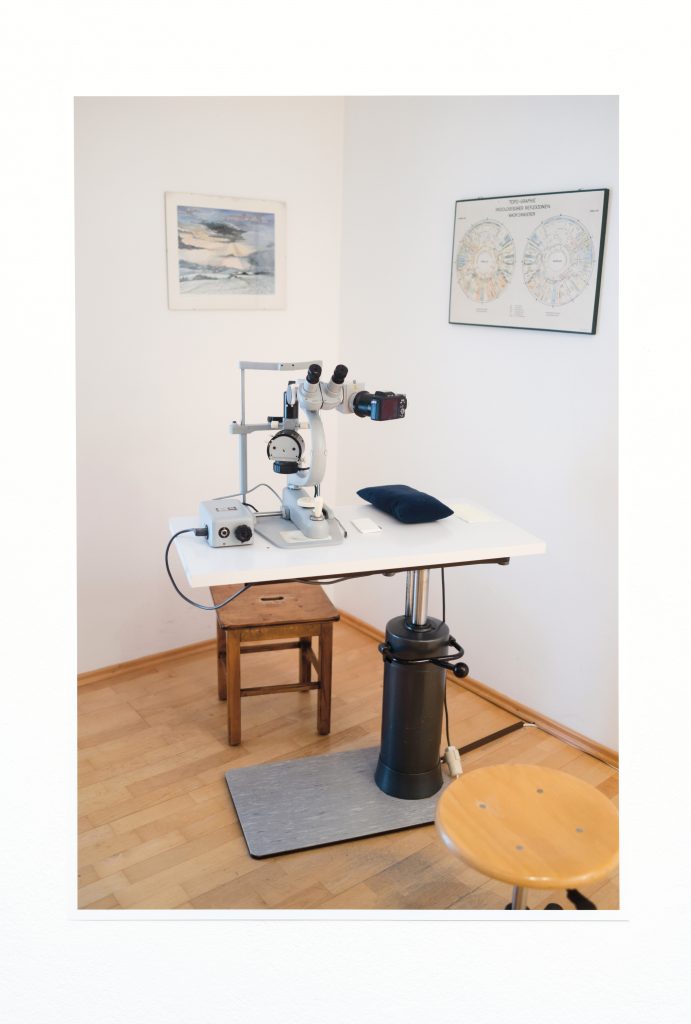
Untitled, 2022, Pigment Print, 56,8 x 37,9 cm, Edition 1/3 + 2 AP
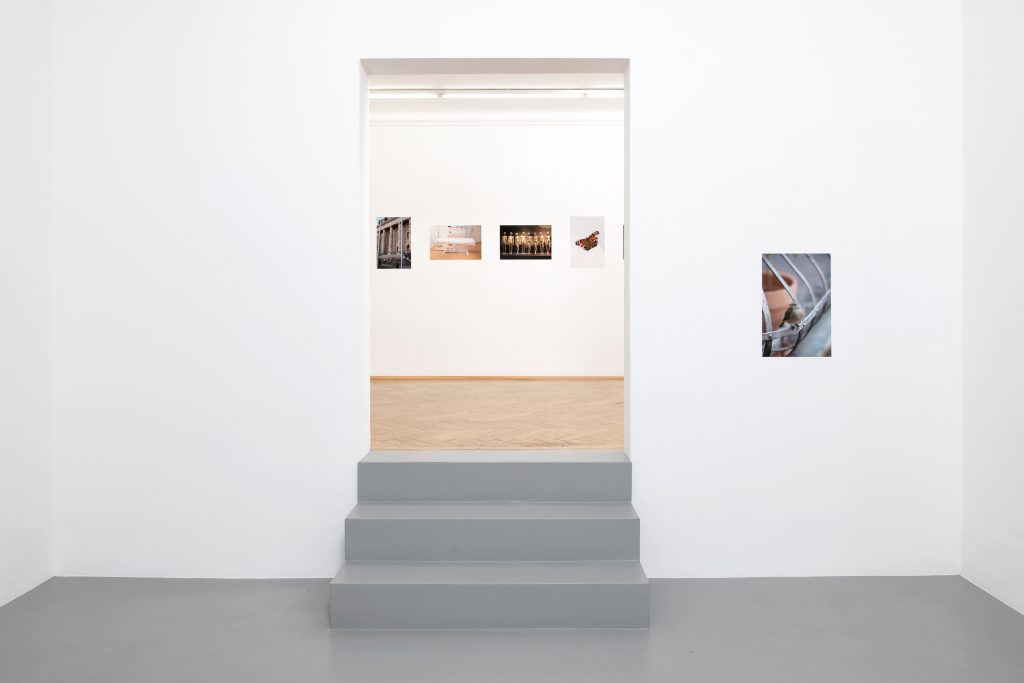
Installation view

Untitled, 2021 / 2022, Pigment Print, 56,8 x 37,9 cm, Edition 1/3 + 2 AP
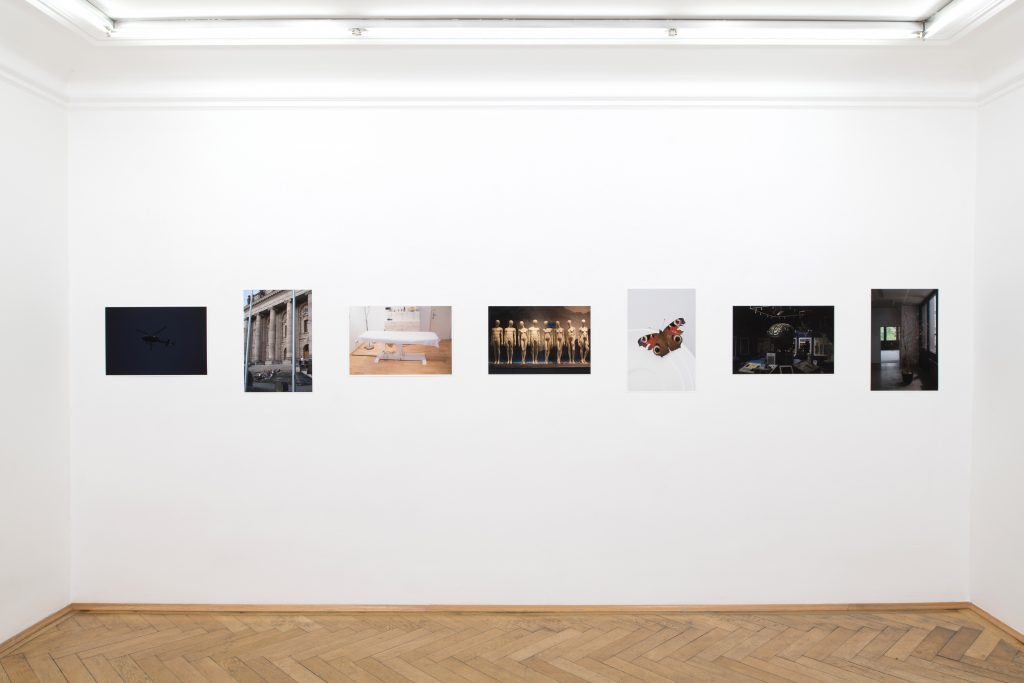
Installation view
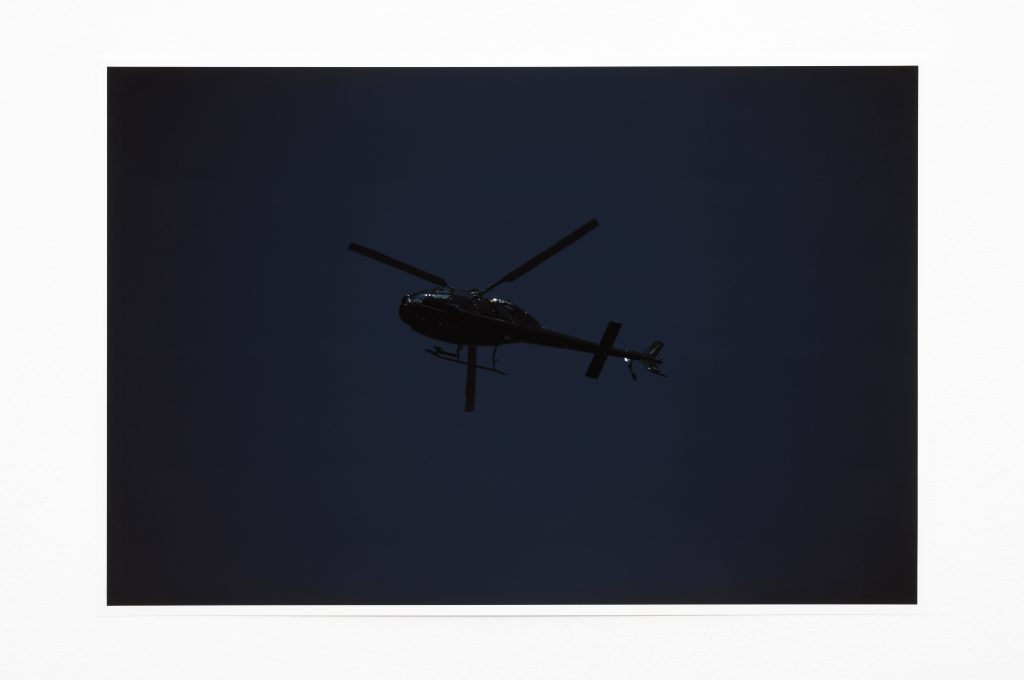
Untitled, 2022, Pigment Print, 37,9 x 56,8 cm, Edition 1/3 + 2 AP
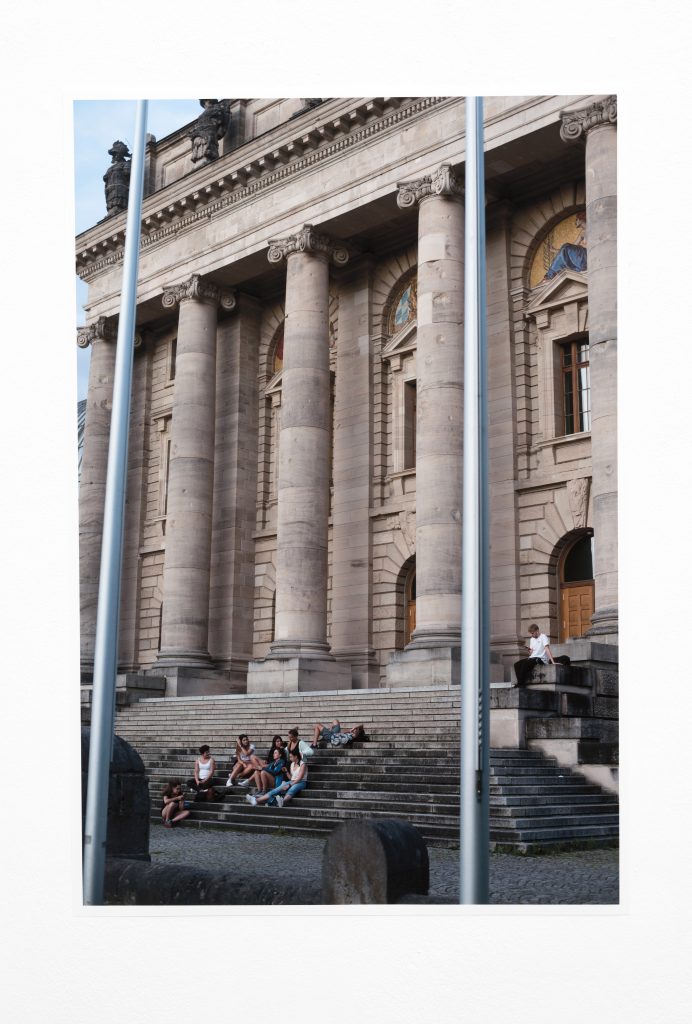
Untitled, 2021 / 2022, Pigment Print, 56,8 x 37,9 cm, Edition 1/3 + 2 AP
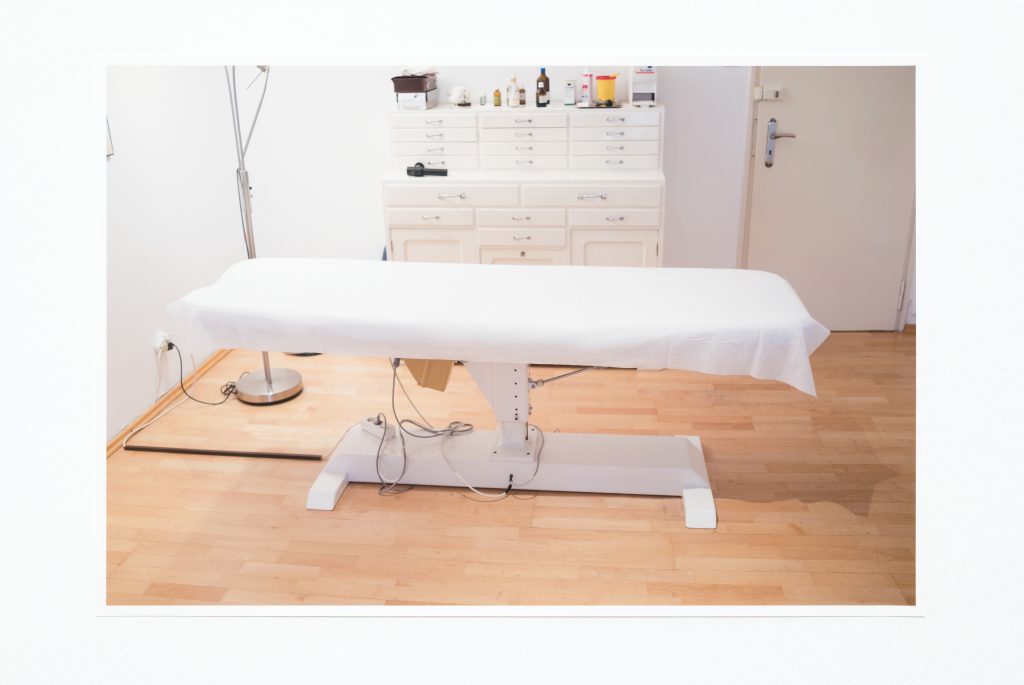
Untitled, 2022, Pigment Print, 37,9 x 56,8 cm, Edition 1/3 + 2 AP
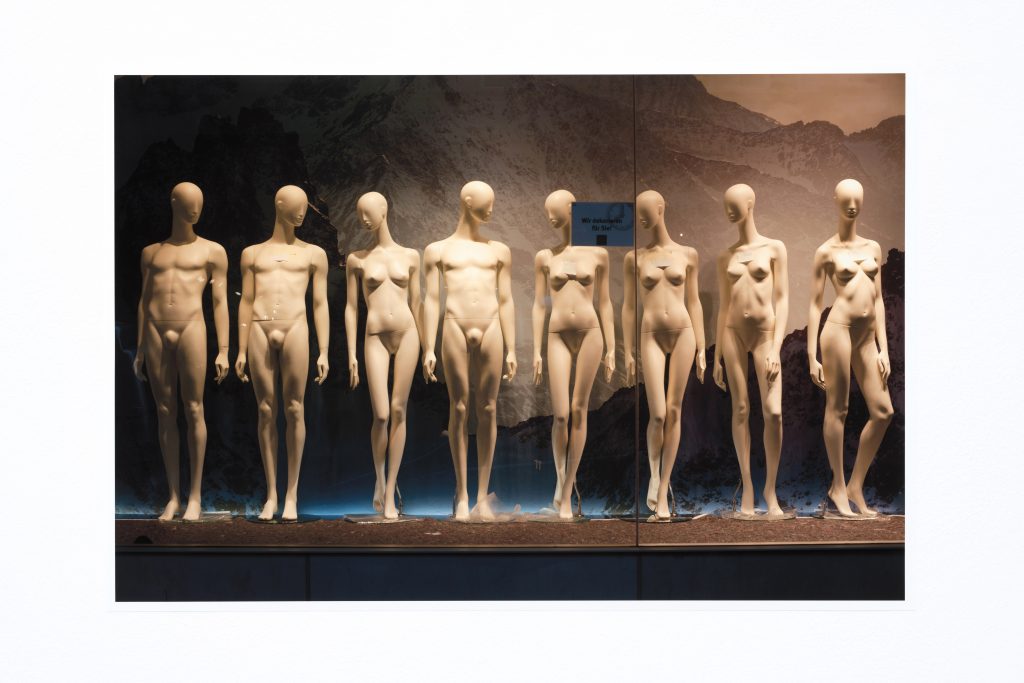
Untitled, 2016 / 2022, Pigment Print, 37,9 x 56,8 cm, Edition 1/3 + 2 AP
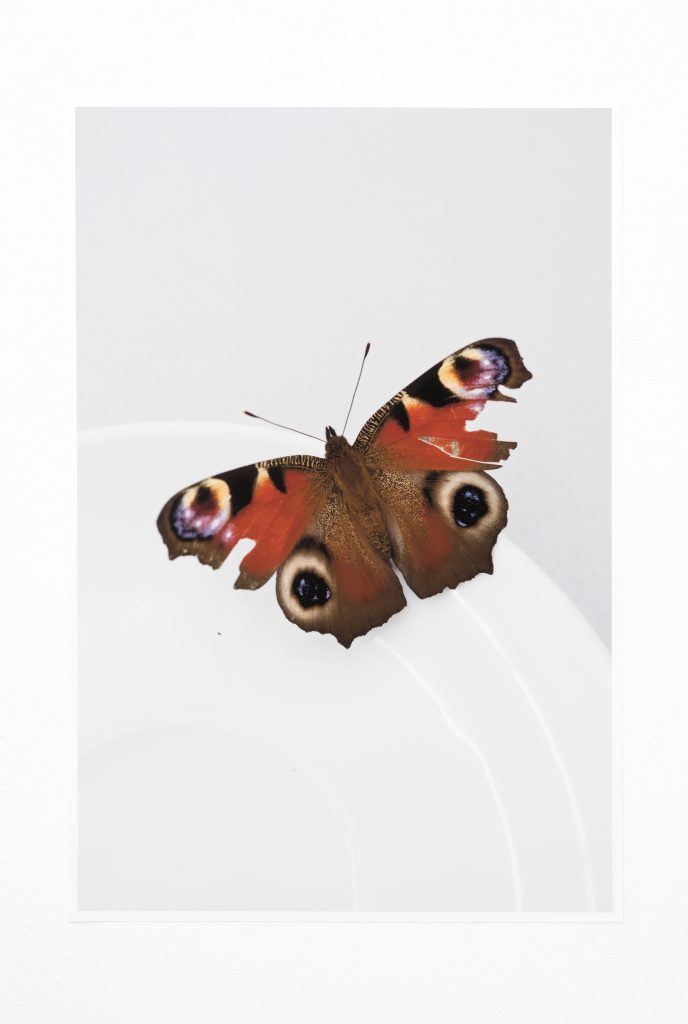
Untitled, 2018 / 2022, Pigment Print, 56,8 x 37,9 cm, Edition 1/3 + 2 AP
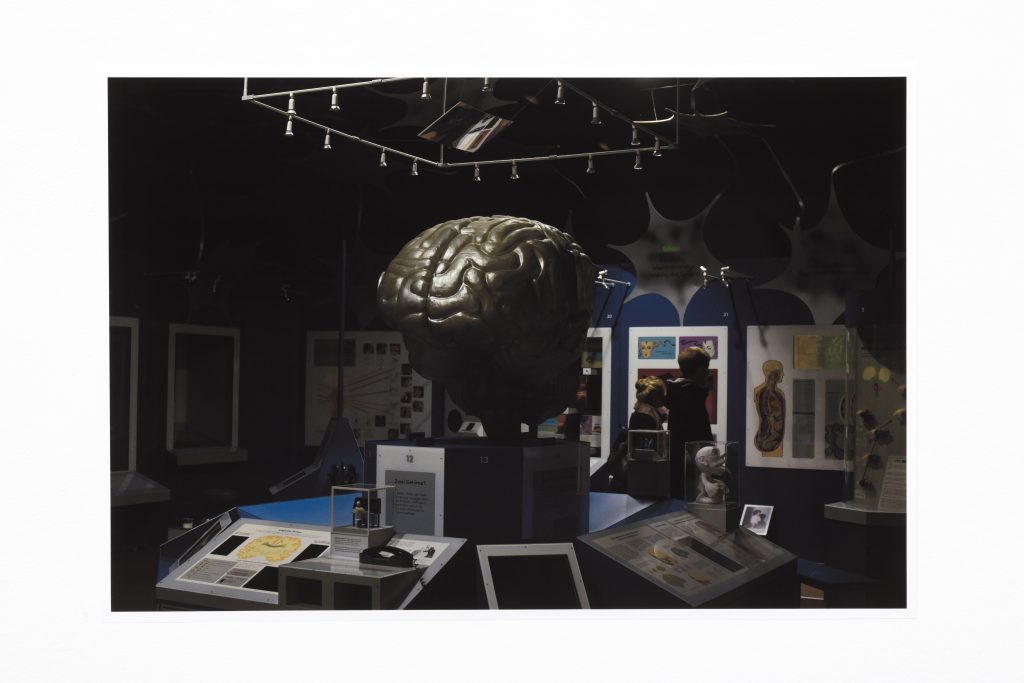
Untitled, 2017 / 2022, Pigment Print, 37,9 x 56,8 cm, Edition 1/3 + 2 AP
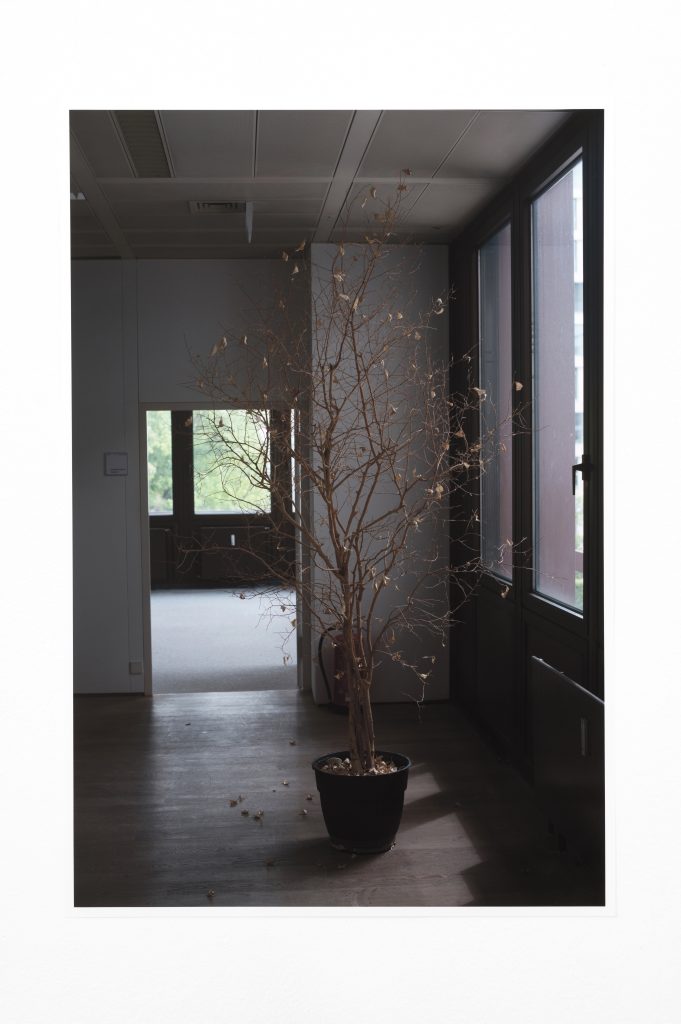
Untitled, 2021 / 2022, Pigment Print, 56,8 x 37,9 cm, Edition 1/3 + 2 AP
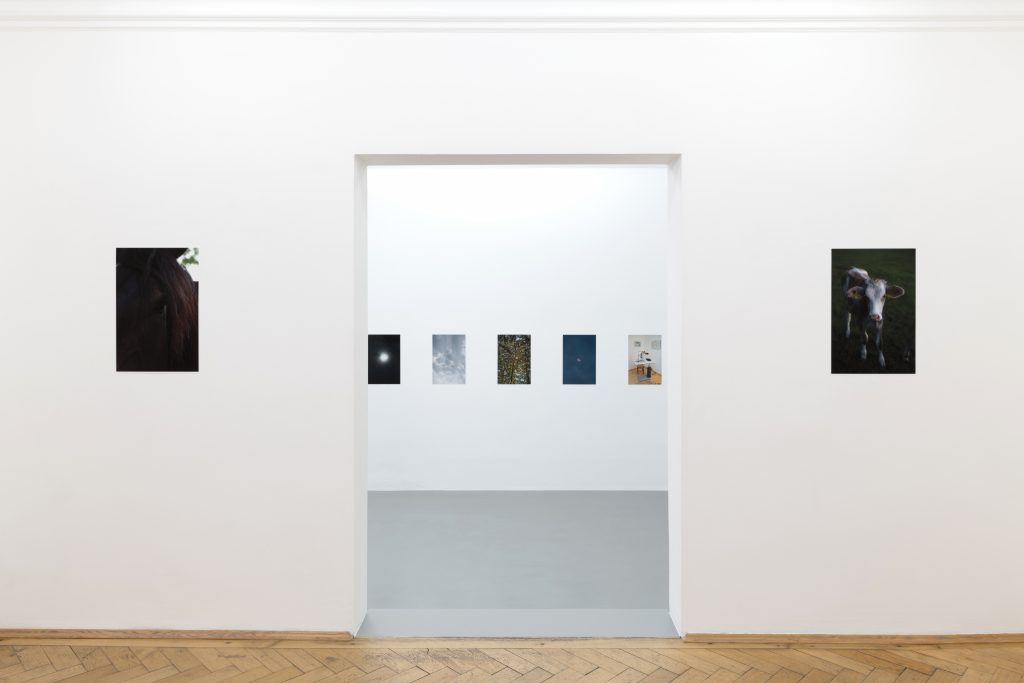
Installation view
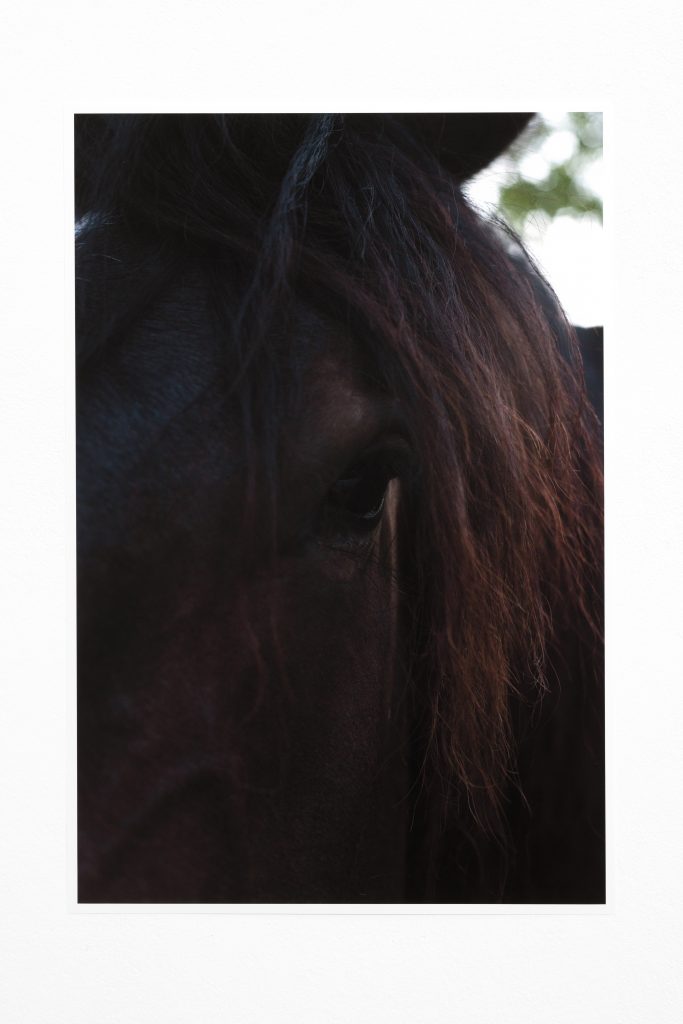
Untitled, 2021 / 2022, Pigment Print, 56,8 x 37,9 cm, Edition 1/3 + 2 AP
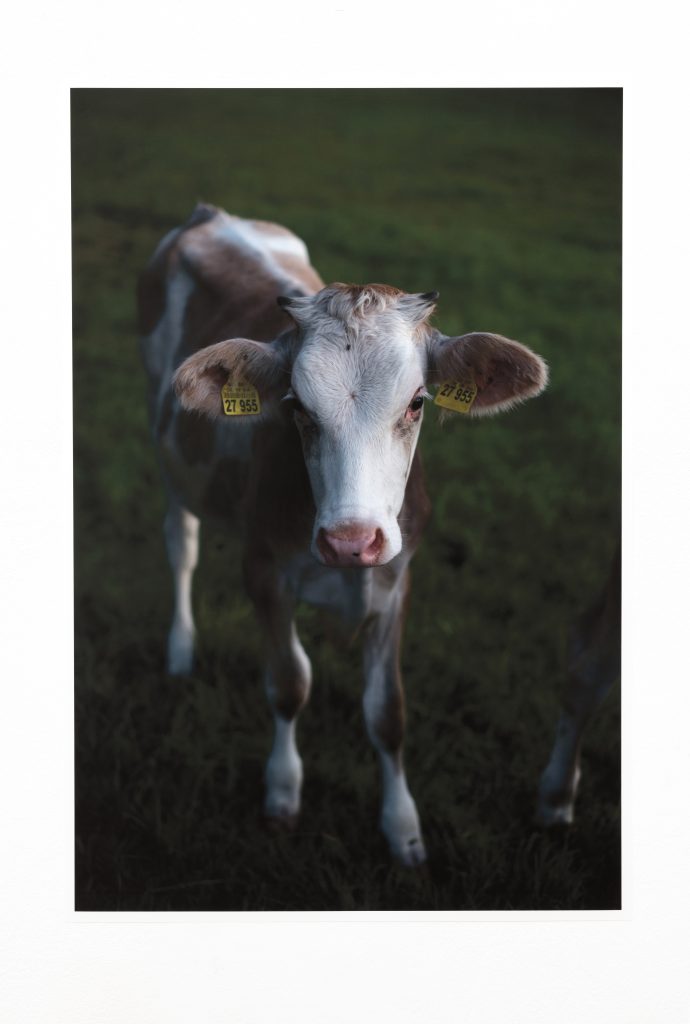
Untitled, 2022, Pigment Print, 56,8 x 37,9 cm, Edition 1/3 + 2 AP
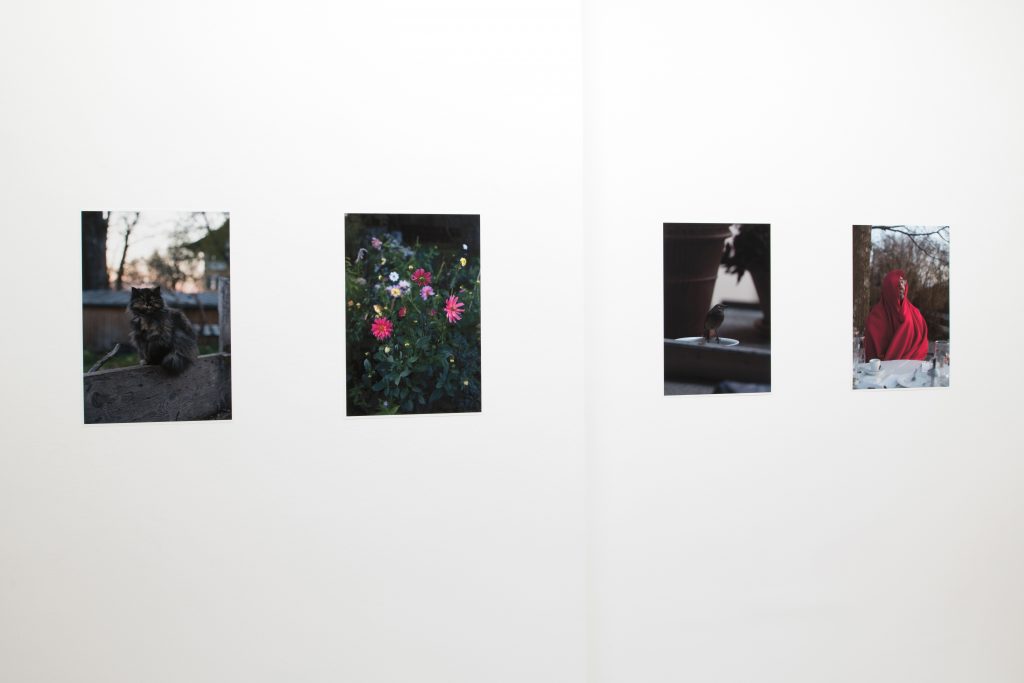
Installation view
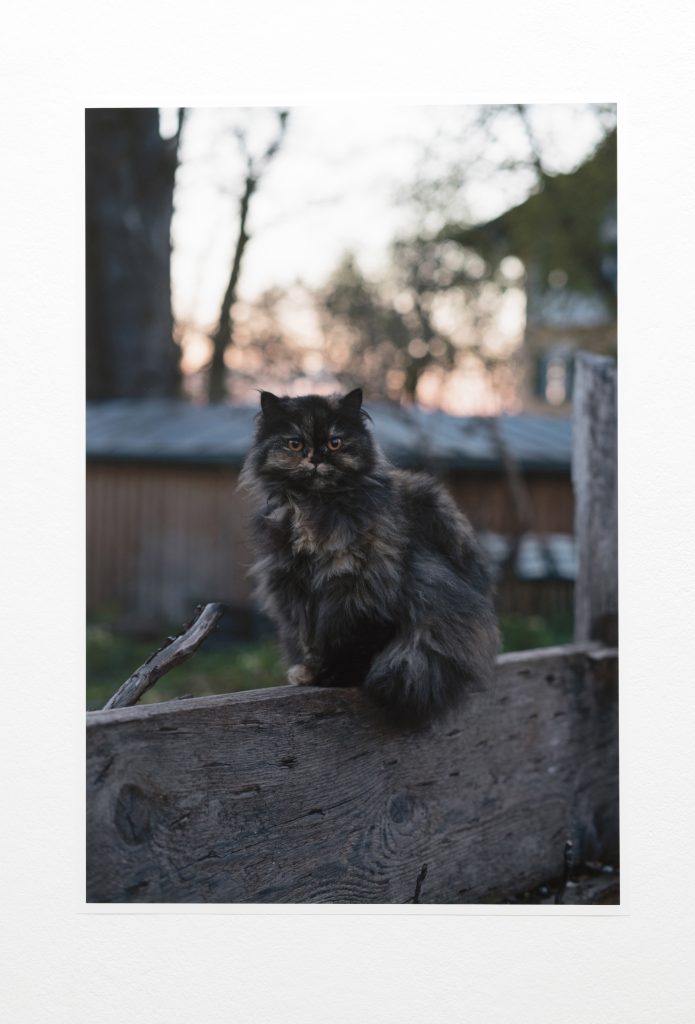
Untitled, 2022, Pigment Print, 56,8 x 37,9 cm, Edition 1/3 + 2 AP
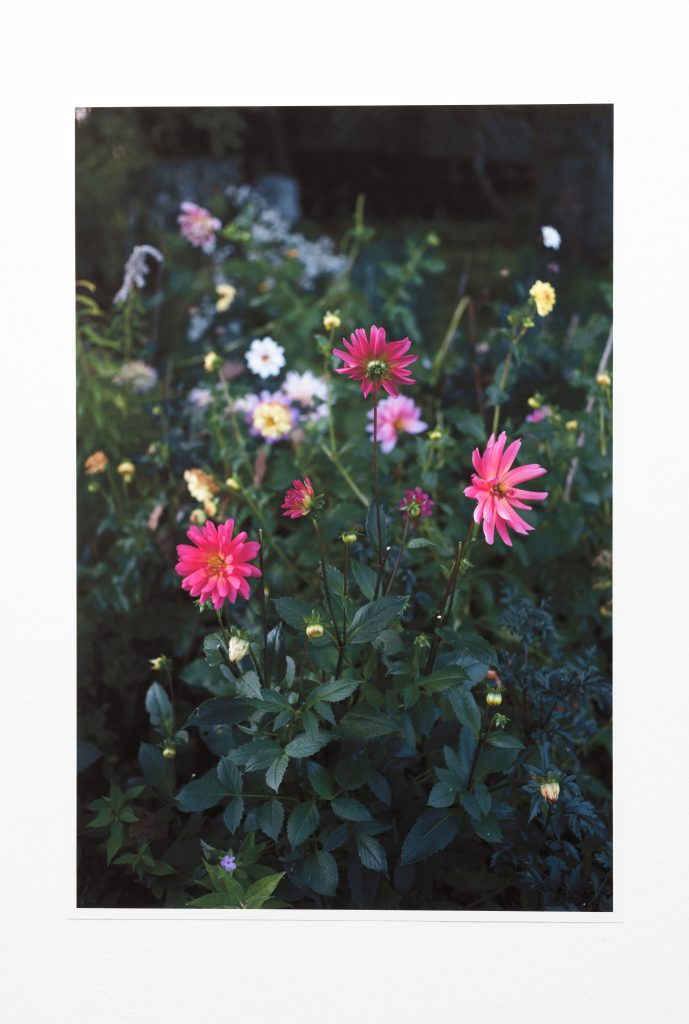
Untitled (Dahlia), 2018 / 2022, Pigment Print, 56,8 x 37,9 cm, Edition 1/3 + 2 AP
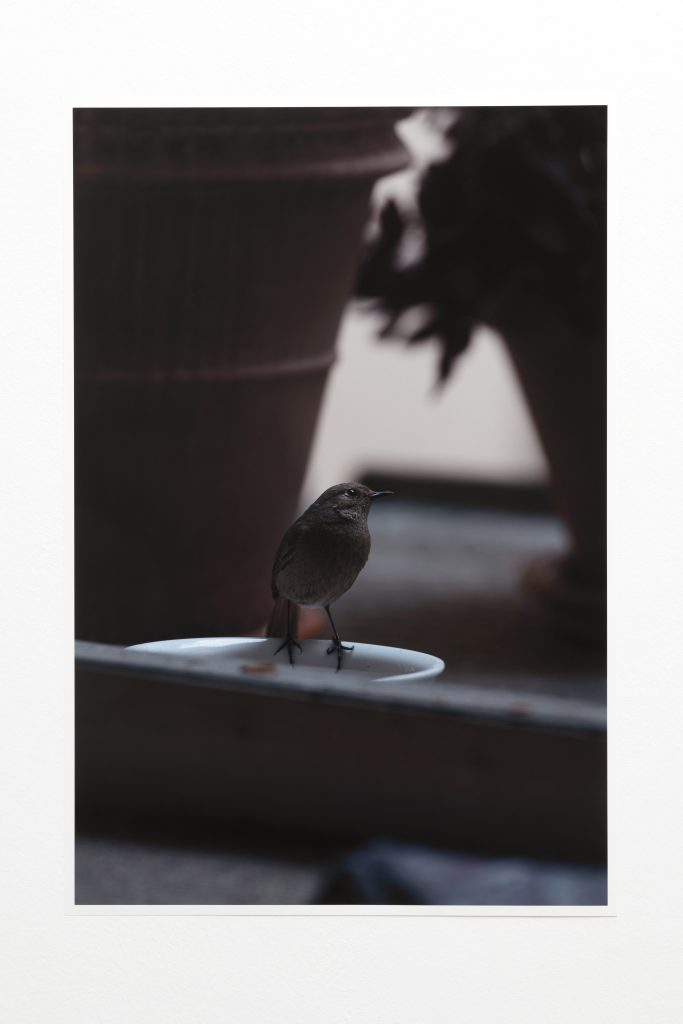
Untitled, 2021 / 2022, Pigment Print, 56,8 x 37,9 cm, Edition 1/3 + 2 AP
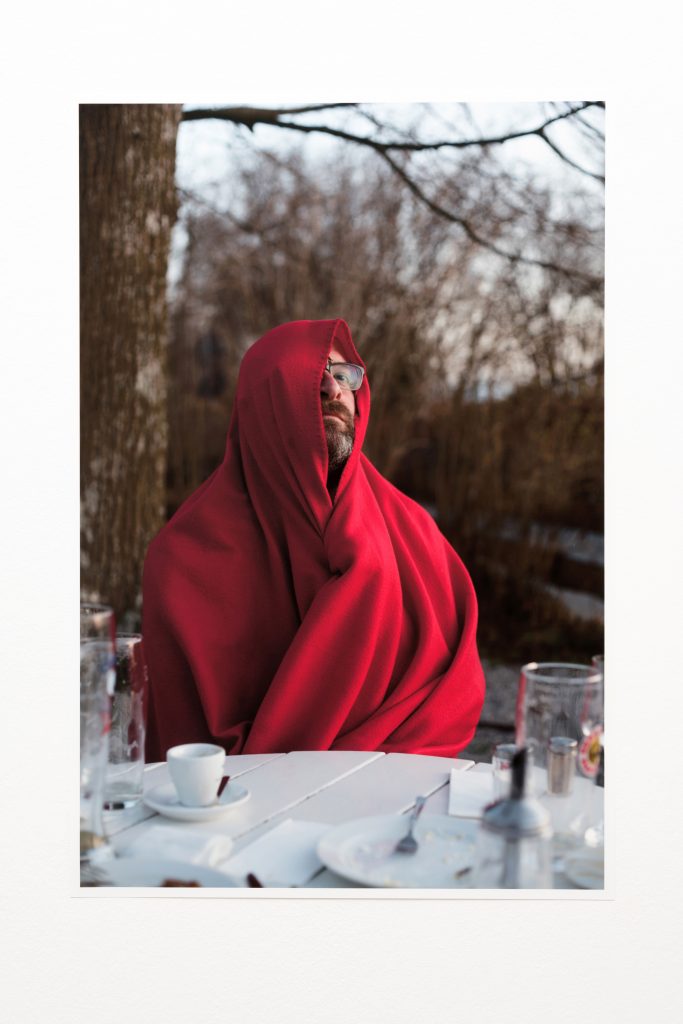
Untitled (Justin), 2018 / 2022, Pigment Print, 56,8 x 37,9 cm, Edition 1/3 + 2 AP
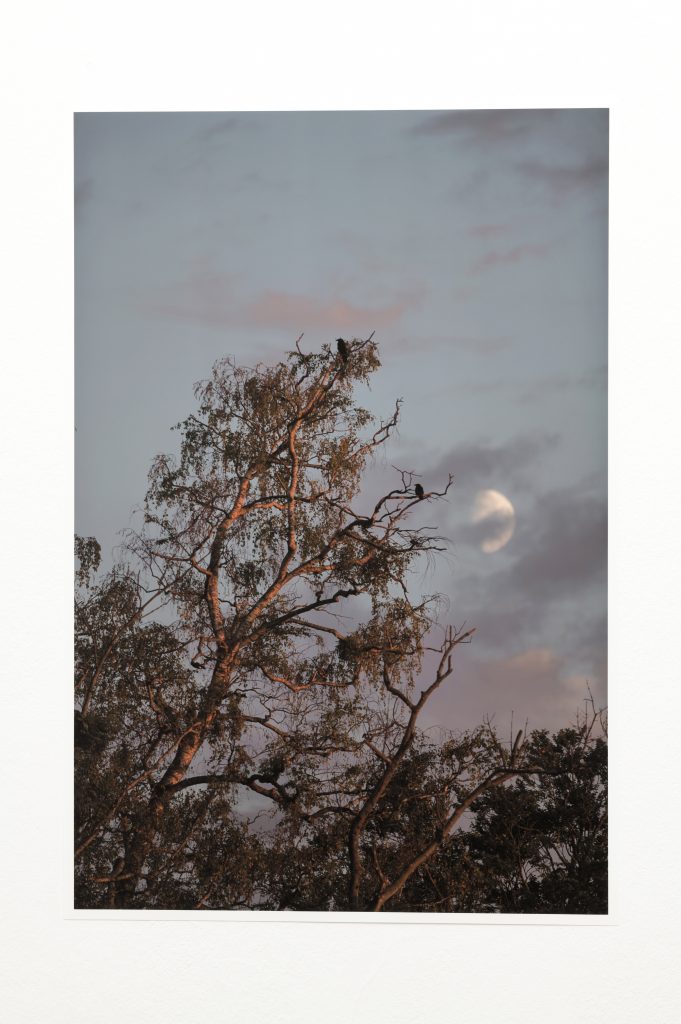
Untitled, 2022, Pigment Print, 56,8 x 37,9 cm, Edition 1/3 + 2 AP
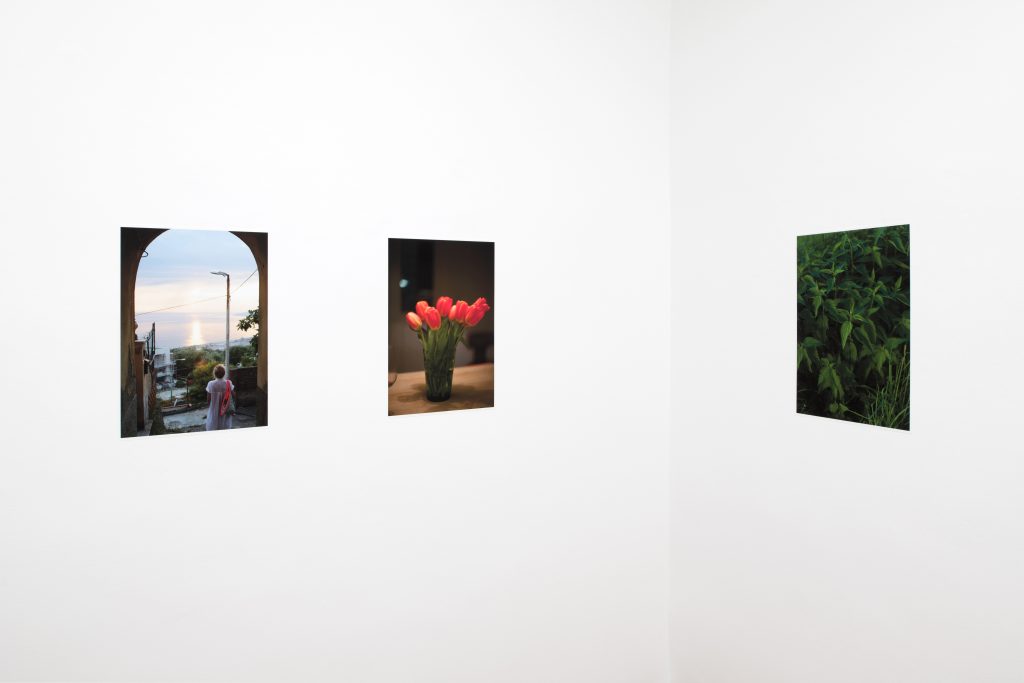
Installation view
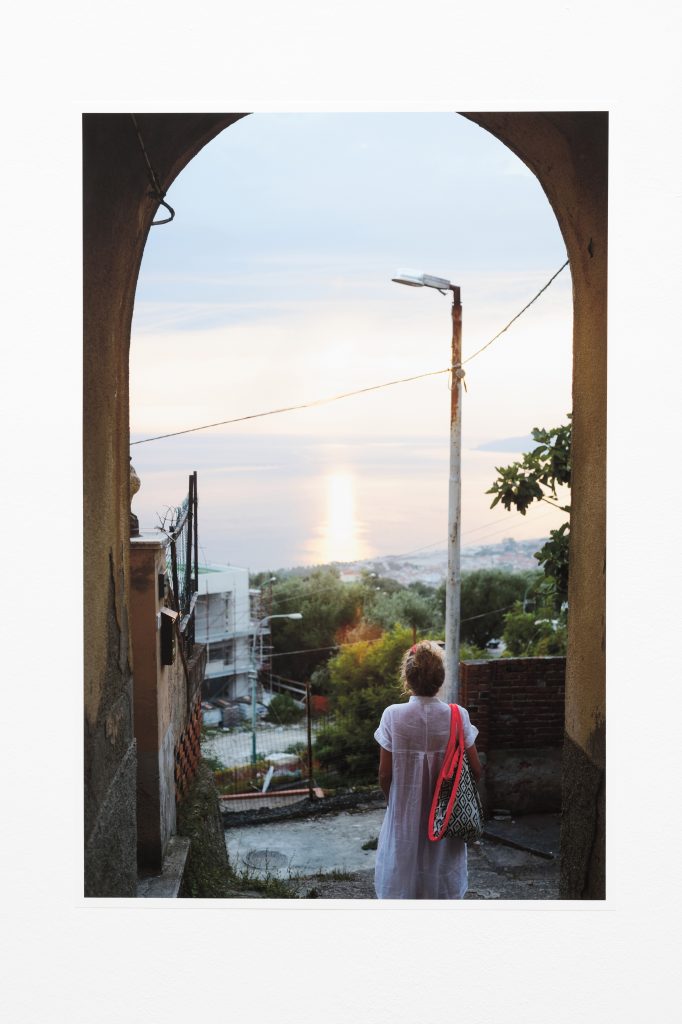
Untitled (Ascea), 2016 / 2022, Pigment Print, 56,8 x 37,9 cm, Edition 1/3 + 2 AP
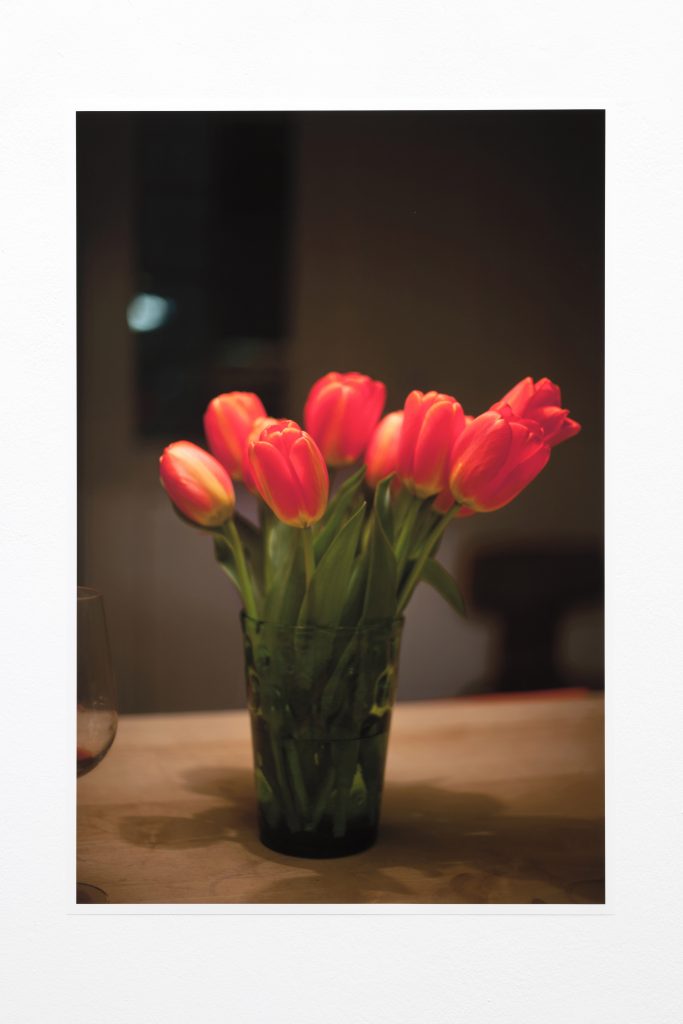
Untitled, 2016 / 2022, Pigment Print, 56,8 x 37,9 cm, Edition 1/3 + 2 AP

Untitled, 2016 / 2022, Pigment Print, 56,8 x 37,9 cm, Edition 1/3 + 2 AP
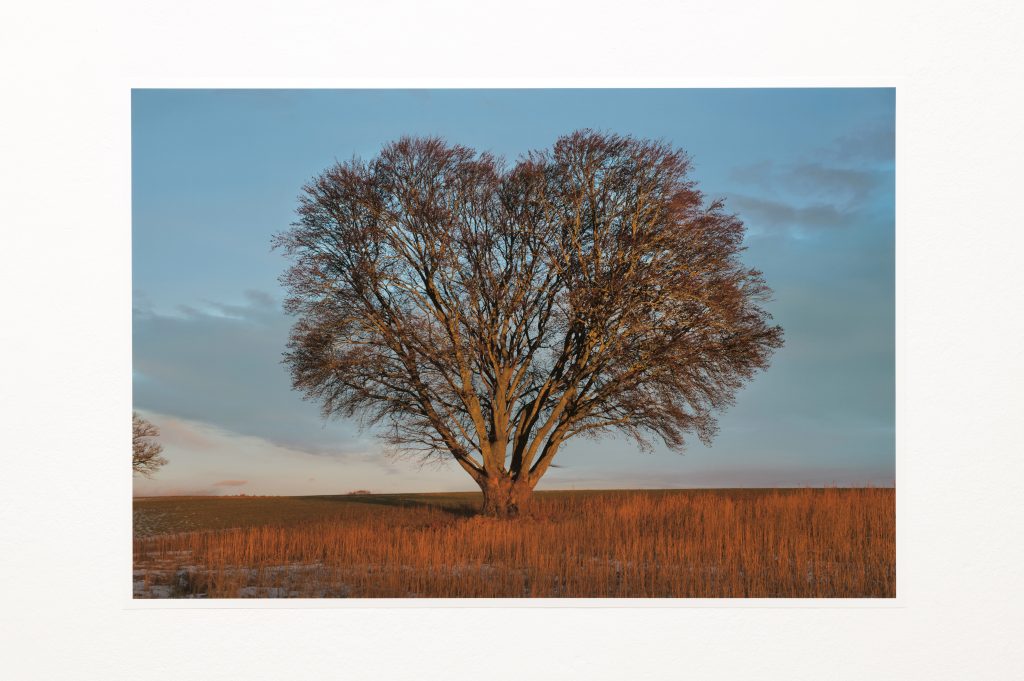
Untitled, 2021 / 2022, Pigment Print, 37,9 x 56,8 cm, Edition 1/3 + 2 AP
Alle Bilder sind zwischen 2016 und 2022 entstanden und bis auf ein anderes 57 x 38 cm groß.
Ein Blick in die Sonne und ein Apparat zur Irisdiagnose liegen weit auseinander. Ein verdorrter Baum wacht in einer verlassenen Firma, ein Hubschrauber über der Stadt, Puppen von ‚Humans‘ und ein Kälbchen als ‚Animal‘ sind mit Nummern versehen. Dahlien leuchten rot in der Dämmerung, und ein Künstler der Galerie hüllt sich in eine rote Decke. Die Sonne bescheint einen Baum, und sie erscheint über dem Meer.
Vier Sätze, vier Räume, vier Entfernungen: Dennoch sind sogar Tulpen auf dem Küchentisch und Brennnesseln am Wegrand nicht einfach Äpfel und Birnen. Nicht umsonst hat nichts einen Titel, auch nicht das Ganze. Alles scheint in einer Dämmerung zu liegen, der des Abends. Erst recht künstliches Licht erweist sich als jenes „gleißende Licht unserer düsteren Welt“, auf das der Autor der Antiquiertheit des Menschen vielsagend hinweist. Die Ausstellung könnte „Abendland“ heißen, wenn das nicht antiquiert wäre, allzu menschlich. Andere Wesen öffnen die Augen, Vogel, Katze, Pferd. Ein Sprecher bei Nietzsche bemerkt: „Und welche unzählbaren Arten von Wesen mag es geben, deren Organe besser zur Erkenntnis taugen!“ Emblematisch für diese Perspektive ist, dass erneut ein Tier auf der Einladungskarte erscheint. Und dieses Rotschwänzchen sieht anders aus auf einem anderen Bild. Die Ausstellung kommt uns so schön und so blind vor, wie die farbige Zeichnung auf den beschädigten Flügeln eines Pfauenauges, oder so, wie der Blick ins Auge eines Pferdes ins Dunkel greift.
Dennoch holt Frank Stürmer ein, was außen liegt und daher unheimlich scheint, er erinnert es im wörtlichen Sinn. Er hat ein Querformat 159 x 239 cm groß werden lassen und im ersten Raum an der Wand gegenüber von Eingang und Fenster platziert. Eine Frau hat sich im Abendlicht an einem Ufer eines Sees niedergelassen und blickt auf das andere Ufer. Der Vordergrund und die Bäume bilden eine dunkle Rahmung. Die Sonne ist untergegangen. Und es gibt einen anderen Augenblick, scheinbar am Morgen. Ein Bild ist 2016 in Ascea, dem antiken Elea, entstanden. Zu den Eleaten gehört der Denker Parmenides. Entfernt vom Ufer und höher steht eine Frau unter einem Rundbogen und blickt hinaus auf das Meer. Die Sonne ist aufgegangen.
Diese beiden Bilder rufen die Möglichkeit ins Gedächtnis, dass der Mensch allem Seienden auf Augenhöhe begegnet. Die Seele des Menschen „ist“ in gewisser Weise das Seiende, wie Aristoteles sagt. Diese Rede wird nur zur Hälfte realisiert, wenn der Mensch vor allem als Mann erscheint. In Frank Stürmers Bildern tritt eine Frau an die gleiche Stelle. Zur Dämmerung gehört auch die Aussicht, dass die andere Hälfte der Wahrheit noch auf uns zukommt.
Berthold Reiß
All the pictures were taken between 2016 and 2022; additionally, all but one measure 57 x 38 cm.
A look at the sun and an iridiagnosis device are far apart from one another. A withered tree watches over an abandoned business, a helicopter hovers above the city, dolls of “humans” and a calf as an “animal” are numbered. Dahlias glow red in the twilight, and an artist of the gallery wraps himself in a red blanket. The sun shines on a tree and the sun rises over the ocean.
Four sentences, four spaces, four distances: yet even tulips on the kitchen table and nettles by the wayside are not just apples and pears. There is a reason why there is no title, not even the entire thing has one. Everything seems to be caught in a twilight state, that of dusk. Artificial light in particular proves to be that “glistening light of our gloomy world” to which the author of Antiquiertheit des Menschen alludes so meaningfully. The exhibition could be called “Occident”, if it wasn’t so old-fashioned, all too human. Other creatures open their eyes – bird, cat, horse. In Nietzsches “Morgenröte” somebody says: “and what an innumerable amount of species there may be whose organs are suited better for knowledge!”. Emblematic of this perspective is that just like in previous exhibitions by Frank Stürmer an animal appears on the invitation card. And this redstart looks different again in another picture. This exhibition seems to us so beautiful and yet so blind, like the coloured drawing on the injured wings of a peacock, or like the look into a horse’s eye that reaches into darkness.
Nevertheless, Frank Stürmer captures that which lies outside and therefore seems uncanny, he literally remembers it. He enlarged a work in landscape format to 159 x 239 cm and placed it in the first room on the wall opposite the entrance and window. A woman has sat down on a bank next to a lake and is looking at the shore across in the evening light. The foreground and the trees create a dark frame. The sun has set. And there is another moment, seemingly in the morning. A picture was taken in 2016 in Ascea, the ancient Elea. The thinker Parmenides belongs to the Eleatics. Away from the shore and placed on higher ground stands a woman under a semicircular arch and looks out to the sea. The sun has risen.
These two images recall the possibility that humans encounter all beings at eye level. The soul of man “is” in a certain way that which has being, as Aristoteles says. This speech is only half realised when Man primarily appears as a man. In Frank Stürmer’s pictures, a woman takes his place. The notion of twilight entails the chance that the other half of truth is yet to come.
Berthold Reiß
Translated by Melanie Waha